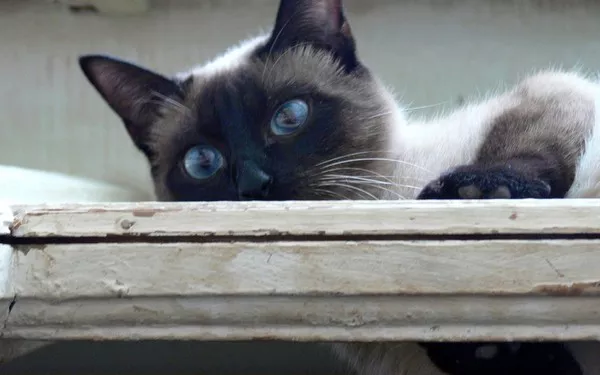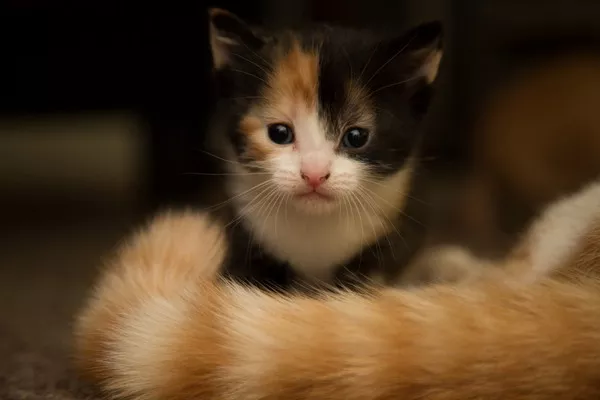Siamese cats are known for their striking appearance, playful personalities, and deep blue eyes. Originating from Thailand (formerly Siam), these elegant felines have a long history dating back centuries. While many Siamese cats today are beloved pets kept indoors, it’s fascinating to explore what their wild counterparts eat in their natural habitat. In this article, we delve into the dietary habits of Siamese cats in the wild, examining their prey preferences, hunting techniques, and how these behaviors have evolved over time.
Understanding Siamese Cats: A Brief Overview
Origins and History
Siamese cats are one of the oldest and most recognizable cat breeds, with a history that dates back to ancient times. Originating in Thailand, formerly known as Siam, Siamese cats were revered as sacred and were kept by royalty and Buddhist monks. They were considered symbols of good fortune and were believed to bring luck and prosperity to their owners.
Physical Characteristics
Siamese cats are known for their sleek, muscular bodies, almond-shaped blue eyes, and distinctive coat patterns. They have short, fine fur that lies close to their bodies, which comes in various color points such as seal, chocolate, blue, and lilac. Their pointed coat pattern is a result of a temperature-sensitive gene, with cooler parts of the body appearing darker in color.
The Wild Diet of Siamese Cats: What Do They Eat?
Prey Preferences
In the wild, Siamese cats are skilled hunters with a diverse diet that consists primarily of small mammals, birds, reptiles, and insects. Their hunting instincts are finely tuned, and they use a combination of stealth, speed, and agility to catch their prey. Siamese cats are known for their excellent night vision and keen sense of hearing, which allows them to stalk and capture their prey under the cover of darkness.
Small Mammals
One of the primary prey items for Siamese cats in the wild is small mammals such as mice, rats, voles, and squirrels. These agile felines are adept at hunting rodents, which are abundant in their natural habitat. Siamese cats use their sharp claws and teeth to catch and kill their prey quickly, minimizing the risk of injury to themselves.
Birds and Reptiles
In addition to small mammals, Siamese cats also prey on birds and reptiles found in their environment. They are skilled climbers and often hunt for birds nesting in trees or roosting on the ground. Siamese cats use their agility and quick reflexes to pounce on unsuspecting prey, delivering a swift and decisive strike. Reptiles such as lizards and snakes may also be on the menu for Siamese cats, particularly in warmer climates where these animals are abundant.
Adaptations for Survival: Hunting Techniques and Behaviors
Stealth and Ambush
Siamese cats are stealthy hunters that rely on patience and precision to stalk their prey. They use their keen senses to detect the presence of potential prey and then move slowly and silently towards their target, minimizing any noise or movement that could alert their quarry. Once within striking distance, Siamese cats employ an ambush strategy, leaping forward with lightning speed to catch their prey off guard.
Speed and Agility
Speed and agility are key traits that enable Siamese cats to excel as hunters in the wild. They are capable of moving with remarkable swiftness and agility, allowing them to chase down fast-moving prey and navigate through dense vegetation with ease. Siamese cats are also skilled jumpers, able to leap great distances to catch birds in flight or pounce on prey from above.
Evolutionary Influences: How Wild Behaviors Translate to Domestic Cats
Instinctual Behaviors
Despite centuries of domestication, many of the hunting behaviors exhibited by Siamese cats in the wild remain deeply ingrained in their genetic makeup. Domestic Siamese cats often exhibit similar hunting behaviors, such as stalking, pouncing, and chasing, even when their prey consists of toys or household objects rather than live animals.
Dietary Preferences
While domestic Siamese cats may not have access to the same variety of prey as their wild counterparts, their dietary preferences remain largely unchanged. Many Siamese cats enjoy a diet that includes high-quality cat food supplemented with occasional treats such as cooked meat or fish. Some owners may choose to provide their Siamese cats with interactive toys or puzzle feeders to simulate hunting behaviors and keep them mentally and physically stimulated.
Conclusion
The dietary habits of Siamese cats in the wild provide fascinating insights into their evolutionary history and natural behaviors. As skilled hunters with a diverse diet, Siamese cats rely on their keen senses, agility, and hunting instincts to capture a variety of prey ranging from small mammals to birds and reptiles. While domestic Siamese cats may not have the opportunity to hunt for live prey, their genetic predisposition towards certain behaviors remains evident in their playful antics and interactions with their environment. By understanding the dietary preferences and hunting behaviors of Siamese cats, owners can better meet their pets’ nutritional needs and provide enriching experiences that honor their wild heritage.























